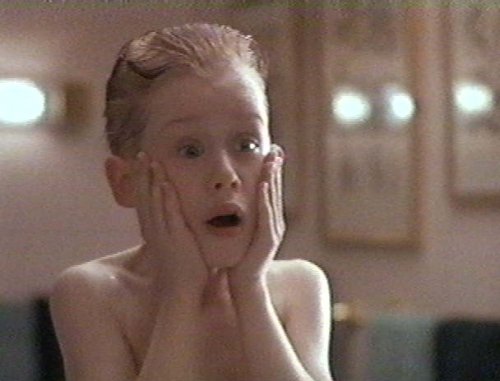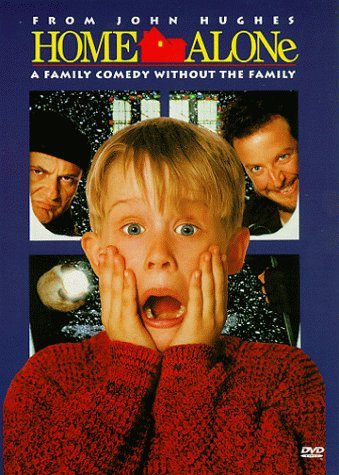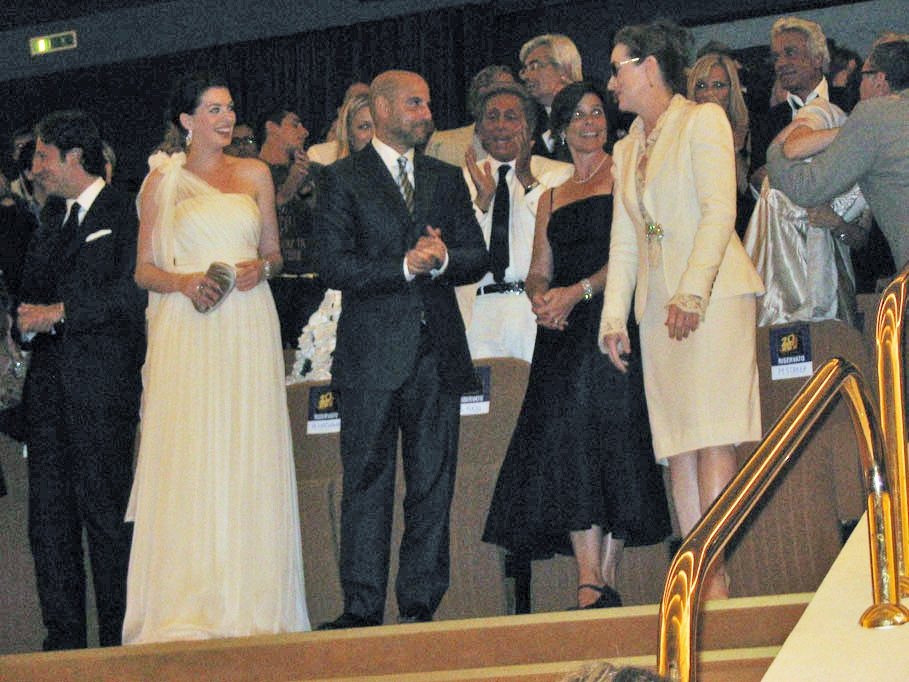Entertainment
Miley Cyrus Leaves Dad Billy Ray Out of Grammys Record of the Year Speech on February 5, 2024 at 5:07 am Us Weekly
Miley Cyrus. John Shearer/Getty Images for The Recording Academy
Eight artists were nominated for Record of the Year at the 2024 Grammy Awards on Sunday, February 4, but only Miley Cyrus walked away a winner — and seemingly snubbed a family member during her speech.
Miley, 31, thanked her “mommy” Tish Cyrus, her sister Brandi Cryus and her “love” Maxx Morando, while taking home the award for her song “Flowers.” Fans were quick to notice that her dad, Billy Ray Cyrus, was not mentioned. In the past year, Miley appeared to be more supportive of her mom’s relationship with Dominic Purcell rather than Billy Ray’s marriage to Firerose, who is 27 years his junior. While Miley, Brandi and Trace Cyrus were at Tish and Purcell’s nuptials, their siblings Noah Cyrus and Braison Cyrus did not attend.
“Thank you all so much. This award is amazing. But I really hope that it does not change anything. Because my life was beautiful yesterday,” she said while on stage, giving special shout-outs to the song’s cowriters and producers, Thomas “Kid Harpoon” Hull, Michael Pollack, Brian Rajaratnam and Mark “Spike” Stent.
“Not everyone in the world will get a Grammy, but everyone in this world is spectacular. So please don’t think that this is important — Even though it’s very important, right, guys?” she added. “We are very excited. I want to thank everyone who is standing on the stage.”
Miley concluded with: “I don’t think I forgot anyone, but I might have forgotten underwear. Bye.”
List of 2024 Grammy Awards Nominees and Winners
The singer — who won Best Pop Solo Performance earlier in the night — competed against Jon Batiste’s “Worship,” Boygenius’ “Not Strong Enough,” Billie Eilish’s “What Was I Made For?,” Victoria Monét’s “On My Mama,” Olivia Rodrigo’s “Vampire,” Taylor Swift’s “Anti-Hero” and SZA’s “Kill Bill” in the category.
The singer competed against Jon Batiste’s “Worship,” Boygenius’ “Not Strong Enough,” Billie Eilish’s “What Was I Made For?,” Victoria Monét’s “On My Mama,” Olivia Rodrigo’s “Vampire,” Taylor Swift’s “Anti-Hero” and SZA’s “Kill Bill” in the category.
Some of the tracks nominated for Record of the Year were also up for Song of the Year, including Miley’s “Flowers,” Eilish’s “What Was I Made For?,” Rodrigo’s “Vampire,” Swift’s “Anti-Hero” and SZA’s “Kill Bill.” Although the two categories often overlap, they recognize different achievements — Record of the Year honors the artists, producers and engineers who contribute to a specific recording, while Song of the Year celebrates the songwriters who compose a song.
Matt Winkelmeyer/Getty Images for The Recording Academy
Overall, SZA earned the most nods for the 66th annual ceremony, with nine. Phoebe Bridgers (one-third of the group Boygenius) and Monét followed with seven nominations each. Swift, Eilish, Rodrigo, Miley and Batiste trailed with six each.
After the nominations were announced in November 2023, Recording Academy CEO Harvey Mason Jr. weighed in on the artists who were recognized.
“It’s really spectacular,” Mason Jr. told Billboard of SZA’s nods. “She obviously had a banner year. Extremely, hyper-creative project. She’s extremely talented. The music really resonated with our voters. I’m excited for her.”
Mason Jr. also pointed to Monét breaking into the top categories as a relatively unknown artist.
“She’s extremely talented. She will be somebody who will come out of this with a whole new audience. That is what is cool about it,” he said. “Sometimes the Academy celebrates these artists that no one knows about. I believe that to be a really cool feature of these awards and this process. People are going to learn about a great new artist and maybe even discover their favorite new artist.”
Stars Who Have Broken Grammy Records: Beyonce, Adele and More
For the 2024 awards show, the Recording Academy narrowed the field of Record of the Year nominees from 10 to eight. Mason Jr. “supported” the move as the organization tried to find the right number of nominees, but he hesitated to discover which songs finished at No. 9 and No. 10 in the voting process, eliminating them from the category.
“I don’t want to torture myself,” he noted with a laugh. “I would be so frustrated [if they were records that would have been good to have.]”
Eight artists were nominated for Record of the Year at the 2024 Grammy Awards on Sunday, February 4, but only Miley Cyrus walked away a winner — and seemingly snubbed a family member during her speech. Miley, 31, thanked her “mommy” Tish Cyrus, her sister Brandi Cryus and her “love” Maxx Morando, while taking home
Us Weekly Read More
Entertainment
This ‘Too Small’ Christmas Movie Turned an $18M Gamble Into a Half‑Billion Classic

Studios almost left this Christmas staple on the cutting‑room floor. Executives initially saw it as a “small” seasonal comedy with limited box‑office upside, and internal budget fights kept the project hovering in limbo around an $18 million price tag.

The fear was simple: why spend real money on a kid‑driven holiday film that would vanish from theaters by January?
That cautious logic aged terribly. Once released, the movie exploded past expectations, pulling in roughly $475–$500 million worldwide and camping at the top of the box office for weeks.
That’s a return of more than 25 times its production budget, putting it among the most profitable holiday releases in modern studio history.
What some decision‑makers viewed as disposable seasonal content quietly became a financial engine that still prints money through re‑runs, streaming, and merchandising every December.
The story behind the numbers is part of why fans feel so attached to it. This was not a four‑quadrant superhero bet with guaranteed franchise upside; it was a character‑driven family comedy built on specific jokes, one child star, and a very particular vision of Christmas chaos. The fact that it nearly got shelved—and then turned into a half‑billion global phenomenon—makes every rewatch feel like a win against studio risk‑aversion.
When you press play each year, you are not just revisiting nostalgia; you are revisiting the rare moment when a “small” movie out‑performed the system that almost killed it.
Entertainment
Anne Hathaway Just Turned Her Instagram Bio Into a 2026 Release Calendar

Anne Hathaway has quietly confirmed that 2026 is going to be her year, and she did it in the most Anne way possible: with a soft-launch in her Instagram bio.
Instead of a traditional studio announcement, the Oscar-winning actor updated her profile text with a simple list of titles and dates, effectively revealing a four-film run that reads like a mini festival of her work spread across the year.
For fans, the bio now doubles as a watchlist, mapping out exactly when they will see her next on the big screen.

According to the update, Hathaway will kick off 2026 with “Mother Mary,” slated for an April release. The film, backed by A24, casts her as a fictional pop star in a psychological, music‑driven drama that has already started building buzz through early trailer drops and stills. Positioned in the spring, it sets the tone for a year where Hathaway leans hard into challenging, high‑concept material while still anchoring major studio projects.
Just weeks later, she pivots from pop icon to fashion-world nostalgia with “The Devil Wears Prada 2,” now dated for May 1, 2026. The sequel brings her back as Andy Sachs, returning to the universe that helped define her mid‑2000s stardom and remains a staple in meme culture and rewatches. For millennials who grew up quoting the original, the firm release date signals that the long-rumored follow‑up is no longer hypothetical—it’s locked in, with Hathaway front and center.

The devil wears Prada
Summer belongs to “The Odyssey,” marked for July 17, 2026. Billed as an ambitious, big‑screen reimagining of the classic tale, the project reunites Hathaway with large‑scale, auteur‑driven filmmaking and promises mythic stakes, prestige casting, and blockbuster spectacle. Its prime July slot suggests confidence from the studio and positions Hathaway as a key face of the 2026 summer season, not just a supporting player in someone else’s tentpole.

Finally, Hathaway’s bio points to “Verity,” arriving October 2, 2026, rounding out the year with a dark, suspense‑driven turn. Adapted from a hit thriller novel, the film casts her in a psychologically intense role that leans into obsession, secrets, and unreliable narratives—terrain that plays to her ability to toggle between vulnerability and menace in a single scene. Coming at the start of awards season, “Verity” also gives her a potential late‑year prestige vehicle after a run of crowd‑pleasing releases.
What makes this reveal so striking is the casualness of it. In one short line, Hathaway essentially published a studio slate: four movies, four distinct genres, and a timeline that keeps her on screens from spring through fall. For Hollywood, it underlines her staying power as a true marquee name; for fans, it’s an invitation to mark their calendars and prepare for a year where Anne Hathaway isn’t just part of the conversation—she is the conversation.
Entertainment
Colombia’s ‘Doll’ Arrest: Police Say a 23-Year-Old Orchestrated Hits, Including Her Ex’s Murder

Authorities in Colombia say Karen Julieth Ojeda Rodríguez, 23, known as “La Muñeca” (“The Doll”), was arrested in early December on allegations she coordinated contract killings for the Los de la M gang and helped set up the murder of her ex-boyfriend in July. Police reported seizing a 9mm pistol and a revolver during the operation and are testing the weapons against recent homicides in Barrancabermeja, a city battered by drug-war killings this year.

What police allege
Investigators describe Ojeda Rodríguez as a youthful face with a senior role: not a trigger-puller, but a coordinator who relayed orders to sicarios, managed target selection, and handled logistics for a network tied to drug trafficking and extortion in Santander. They say she rose quickly within Los de la M, operating in hot spots like Barrancabermeja and Piedecuesta, where rivalries over territory and revenue have fueled violence.
The July killing at the center
Prosecutors allege she lured her ex-boyfriend, Deyvy Jesús García Palomino (“Orejas”), to a rural meeting on July 23 under the guise of settling a money dispute. When he arrived, two shooters on a motorcycle attacked at close range; he later died at the hospital. Investigators point to recovered messages to argue the meetup was a setup arranged in advance, and they claim she and an accomplice received roughly 4 million pesos—about $1,000—for the hit.
The December takedown
Police announced her capture following a targeted early-December sweep, framing it as a blow to Los de la M’s homicide pipeline.
Alongside Ojeda Rodríguez, officers detained an alleged accomplice known as “Gorda Sicaria” who purportedly passed orders to gunmen, and a man identified as “Leopoldo.”
Forensic tests on the seized weapons aim to link the guns to crime scenes amid a year marked by more than a hundred killings in Barrancabermeja, according to media cited by authorities.

A clear timeline
- July 23: Ex-boyfriend “Orejas” shot after a rural meetup; he dies in hospital the same day. Authorities later cite phone messages as evidence of premeditation.
- Late 2024: Police publicly identify “La Muñeca” as an alleged coordinator within Los de la M tied to multiple homicides in Santander.
- Early December 2025: Targeted operation results in the arrests of Ojeda Rodríguez and alleged accomplices; police seize a 9mm pistol and a revolver for ballistic testing.
Why the case resonates
The contrast between the “Doll” moniker and the accusations of top-level murder coordination has fueled global attention, while the intimate ex-partner setup adds a personal dimension to an already combustible gang narrative. Authorities caution that ballistic and judicial proceedings are ongoing, but they characterize the arrests as a significant hit to a group blamed for a wave of killings in the region.

 Entertainment5 days ago
Entertainment5 days agoWicked Sequel Disappoints Fans: Audience Verdict on For Good

 Entertainment3 weeks ago
Entertainment3 weeks agoAfter Party: Festival Winner for Best Romantic Short

 News3 weeks ago
News3 weeks agoCamp Wackapoo – Rise of Glog Takes Center Stage

 News2 weeks ago
News2 weeks agoYolanda Adams Questions Traditional Views on God’s Gender, Audience Reacts

 Entertainment3 weeks ago
Entertainment3 weeks agoFrancisco Ramos Takes Top Mockumentary Award at Houston Comedy Film Festival

 Politics3 weeks ago
Politics3 weeks agoTrump’s $2,000 Tariff Dividend Plan: Who Gets Paid?

 Politics4 weeks ago
Politics4 weeks agoMamdani’s Victory Triggers Nationwide Concern Over New York’s Future

 Film Production3 weeks ago
Film Production3 weeks agoWhy China’s 2-Minute Micro Dramas Are Poised To Take Over The U.S.

























